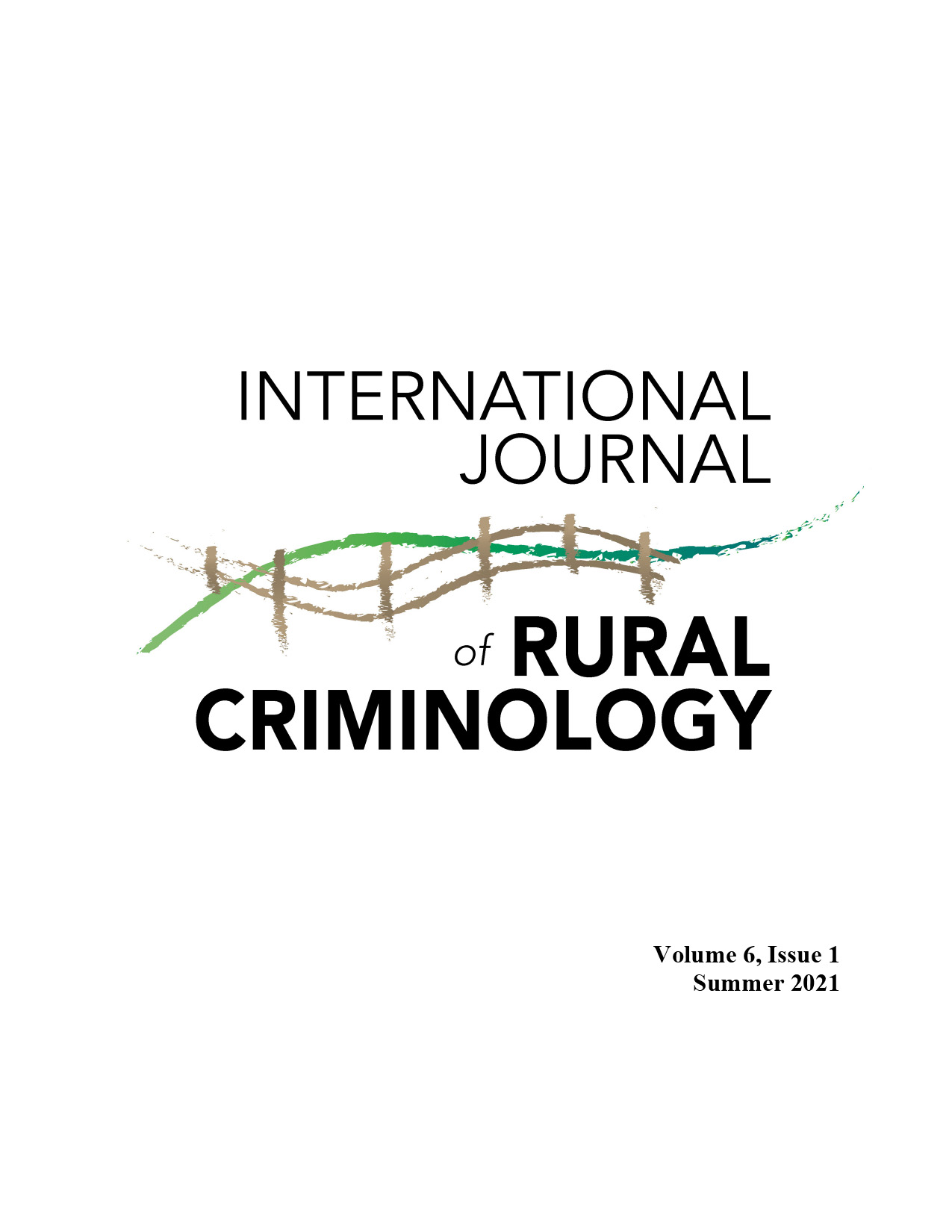Community stakeholders' perceptions of crime and victimization: A mixed-methods approach to understanding collective efficacy and social cohesion in the rural heartland
DOI:
https://doi.org/10.18061/ijrc.v6i1.8629Keywords:
rural, collective efficacy, social cohesion, victimization, crimeAbstract
Previous criminological literature has mostly neglected rural communities, often treating these places as smaller pieces of urban culture. Literature suggests rural communities operate differently than urban neighborhoods, with distinctive values, norms, and community cohesion. For example, concepts surrounding collective efficacy may work counterproductively in rural areas—further exploiting outed community members within "close-knit" environments. The current study sought to compare perceptions of collective efficacy and social cohesion, crime, and victimization between rural and urban counties across one Midwestern rural state. Using a mixed-methods approach, community stakeholders from a variety of professions were surveyed. Quantitative results suggest similar perceptions of collective efficacy and social cohesion in rural and urban communities while qualitative responses paint a much different picture—an image of rural communities "minding their own business" and both formally and informally intervening only in the most extreme and personalized scenarios.Downloads
Published
How to Cite
Issue
Section
License
Copyright (c) 2021 Ashley Lockwood, April Terry

This work is licensed under a Creative Commons Attribution-NoDerivatives 4.0 International License.


